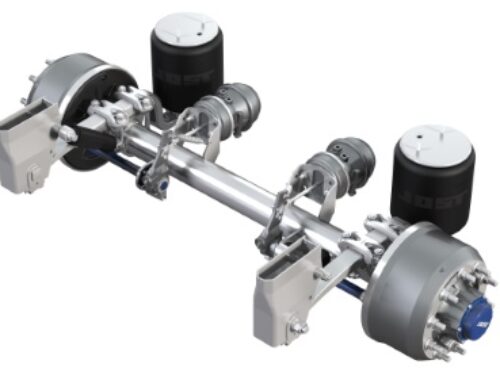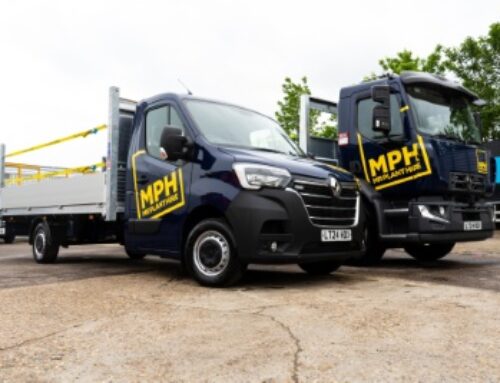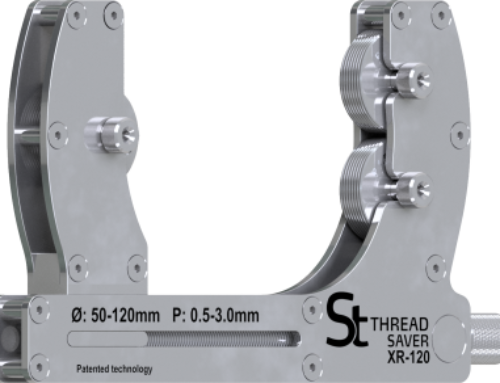Smoothing the road to an effective EV fleet
 Steve Thomas, managing director at Inseego UK Ltd, says advanced telematics and reporting can help facilitate the transition
Steve Thomas, managing director at Inseego UK Ltd, says advanced telematics and reporting can help facilitate the transition
Telematics has long been a useful tool for any fleet looking to adopt electric vehicles, but typically this has been focused on supporting charging requirements and employee reimbursements. We are now, however, seeing the introduction of advanced reporting capabilities that will help commercial fleets to smoothly transition to electric vehicles and then achieve the required levels of efficiency, productivity and performance to deliver business value.
EV telematics is all about gaining an added layer of insight when transitioning to and operating electric vehicles. Electric vehicles are still a relatively new to the commercial fleet marketplace, and as such, there are still many unanswered questions about how best to utilise them within a transport operation.
Technology is rapidly changing, with new models and vehicle types being introduced all the time, so in the first instance it is about understanding what opportunities exist and where it is not viable for the time being.
Pinpointing what can be switched to an EV, based on individual operational needs, is a crucial first step. By analysing existing fleet telematics data – scrutinising average and maximum journey distances; drops per shift; typical road environments; and start stop locations – it is possible to see whether manufacturer-stated ranges are sufficient and what charging infrastructure is required. This can be considered alongside cost and vehicle downtime to build a credible business case.
However, there are a huge range of variables that will impact the achievable range – weather, temperature, traffic levels, geography and vehicle load – so gaining real-world understanding is a must.
No one is taking the risk of swapping their entire fleet in one go, which means there is an opportunity to use a limited adoption as a live trial to determine the feasibility of a wider roll-out. EV telematics will provide the reporting tools needed to measure actual performance versus what was expected, as well as identify any potential operational issues or business risks.
EV telematics can help right size a fleet’s charging infrastructure, so the necessary capacity is available at the right time. Clearly a transport operator does not want to invest in an individual charger for every electrical vehicle, but what happens if they install 20 at a depot and operate a fleet of 100 vans that all need to be charged overnight at the same time?
The challenge is to understand where and when to charge electric vehicles to ensure costs are controlled and productivity can be maximised.
For example, if a fleet can identify when a driver is on a break or when an electric vehicle is stopped for an extended period, it is possible to choose the best option to mitigate the impact of charging downtime and avoid unworkable out of hours demand.
There is also the cost and availability of external charging facilities to consider, which can vary greatly depending on the area and different parts of the road network. Coordinated and efficient charging is achievable through effective planning, but it is only possible with real-time and historical visibility over an EV fleet operation.
This in turn will help ensure that productivity levels are maintained by avoiding unnecessary operational disruption and delays. There is certainly a higher risk when compared to internal combustion engine (ICE) vehicles. Failure to fill up with diesel or petrol may result in a delay of a few minutes, whereas as electric vehicles could be out of action for substantially longer.
As a one off, this might not be significant, but if regularly occurring, productivity losses will mount up, making it is crucial to schedule and keep track of charging backed-up with alerts to warn of any issues.
There is also the issue of how much contingency should be built in when planning a vehicle’s workload. If the charge is consistently down to 2 or 3 per cent, there is only limited energy left to handle any unforeseen circumstances.
By monitoring battery charge over a period of time, a transport operator will be able to find an appropriate level based on real-world ranges and experiences. This will also provide insight into individual drivers and identify if harsh driving is having an impact on performance.
The transition to electric vehicles does not have to be a painful process. Transport operators can demonstrate their green credentials without having to absorb added cost and disruption by using the information provided by EV telematics to best manage the change. Done correctly it should be possible to target savings as well as make the transition to electric vehicles smooth and trouble-free.










